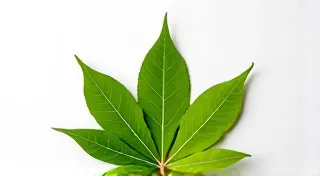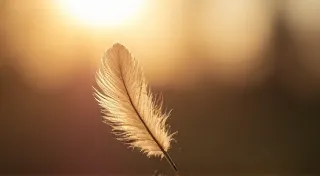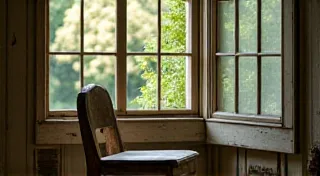The Silent Conversations of the Warp & Weft: Reading Subtext in Regional Patterns
There's a quiet dignity in antique textiles, a sense of lives lived and stories silently held within the threads. More than just beautiful objects, regional weaving patterns often function as subtle narratives, vibrant expressions of history, belief, and daily life. They're a testament to the enduring power of human craftsmanship, whispered across generations through the rhythmic click and clack of the loom.
I remember visiting my grandmother’s attic as a child. It wasn’t filled with glittering treasures, but with stacks of carefully preserved cloths – blankets, table runners, even remnants of old clothing. Each piece emanated a faint scent of lavender and time. While my cousins rummaged for dusty toys, I was captivated by these textiles. They weren’t just colorful fabric; they felt like echoes of voices, glimpses into a past I could almost touch. My grandmother, a woman of few words, would simply say, "These tell stories, child. You just need to learn how to listen." I’m only now, years later, beginning to understand what she meant.
The Loom as a Living Archive
The act of weaving itself is an ancient one, predating written language in many cultures. Initially utilitarian – providing warmth, shelter, and clothing – weaving rapidly evolved into a powerful form of artistic expression. As societies developed, specific regions began to cultivate distinct weaving traditions, incorporating local materials, dyes derived from native plants, and motifs imbued with symbolic meaning.
Consider the vibrant textiles of Oaxaca, Mexico. The Zapotec and Mixtec peoples, renowned for their intricate designs, weave narratives into their cloths. Geometric patterns aren't simply decorative; they often represent celestial bodies, ancestral figures, or agricultural cycles. The use of natural indigo creates a deep, evocative blue, historically a pigment reserved for the elite, further layering meaning into the cloth. Similarly, in the Andean region, intricate geometric patterns in textiles from cultures like the Inca and pre-Inca civilizations often reflect cosmological beliefs and social hierarchies. These weren't just blankets; they were declarations of identity, status, and connection to the divine.
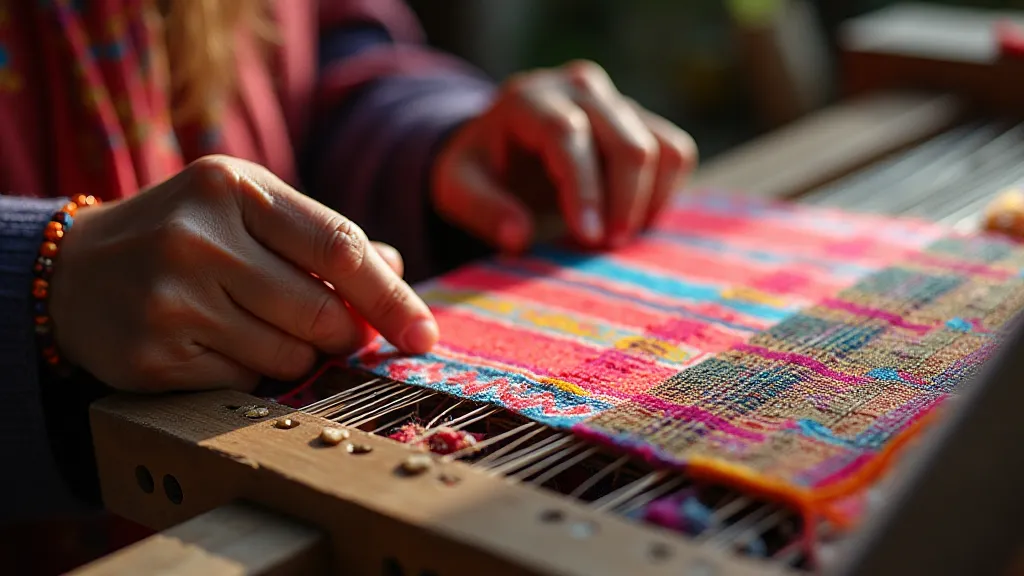
Deciphering the Language of the Threads
The challenge lies in understanding this "language" of the loom. It's rarely straightforward. Direct translations are often impossible, requiring a deep understanding of the region’s history, folklore, and social context. The color palette itself is key. Red might symbolize strength or sacrifice in one culture, prosperity in another. Certain motifs – a stylized bird, a geometric spiral – might represent fertility, protection, or a connection to the spirit world. The density of the weave, the texture of the threads, the use of particular knots – all contribute to the overall message.
For example, in the Caucasus region of Georgia and Armenia, kilims (flatweave carpets) are saturated with symbolism. Diamonds often represent fertility and prosperity, while stylized animals reflect the region's rich fauna and the importance of animal husbandry. The placement and repetition of these motifs aren’t arbitrary; they’re carefully considered to create a harmonious composition that reinforces the intended meaning.
My own journey into understanding textile patterns began with a simple Navajo blanket. Initially, I was simply drawn to the geometric beauty. But as I researched the symbolism of the diamond and rectangular patterns, I began to appreciate the deep cultural significance embedded within the design. Each shape represented aspects of Navajo cosmology and the interconnectedness of all things.
Craftsmanship and the Preservation of Tradition
The preservation of these weaving traditions is intrinsically linked to the survival of the communities that create them. The skills are often passed down through generations, from mothers to daughters, aunts to nieces. Sadly, globalization and mass-produced textiles have threatened many of these traditional practices. The allure of cheaper, factory-made goods has diminished the demand for handcrafted textiles, leading to a decline in the number of skilled weavers.
However, there's a growing movement to revitalize these traditions, supporting local artisans and promoting the value of handcrafted textiles. Fair trade initiatives and artisan cooperatives play a crucial role in ensuring that weavers receive fair compensation for their work and can continue to pass down their skills to future generations.
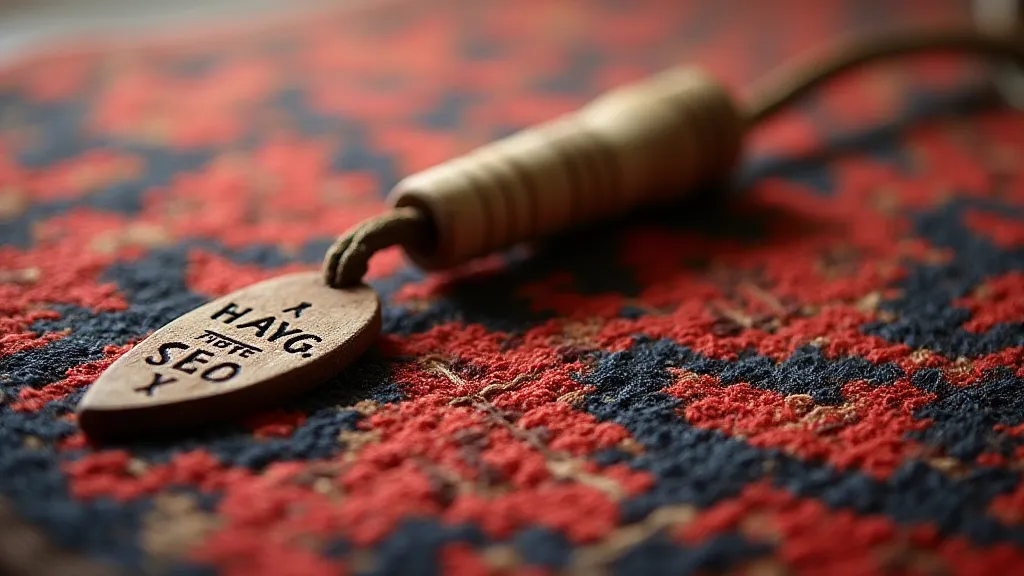
Collecting and Restoring: A Respectful Approach
For those drawn to the beauty and history of regional weaving patterns, collecting antique textiles can be a rewarding pursuit. However, it’s essential to approach it with a sense of respect and appreciation for the cultural significance of these objects. Understanding the provenance of a piece – where it came from, who made it, what its original purpose was – is crucial.
Restoration, when necessary, should be carried out with the utmost care. The goal is to stabilize the fabric and prevent further deterioration, not to “restore” it to a pristine state. Using traditional dyes and techniques, when possible, helps to preserve the authenticity of the piece. Remember, these are not just decorative objects; they are tangible links to the past, embodying the creativity, skill, and cultural heritage of entire communities.
I once acquired a small fragment of a Guatemalan huipil (a traditional blouse) at a flea market. It was faded and worn, with several small holes. Rather than attempting to repair it perfectly, I had it framed. It now hangs in my hallway – a constant reminder of the hands that created it, the stories it holds, and the importance of preserving these fragile threads of our shared human history.
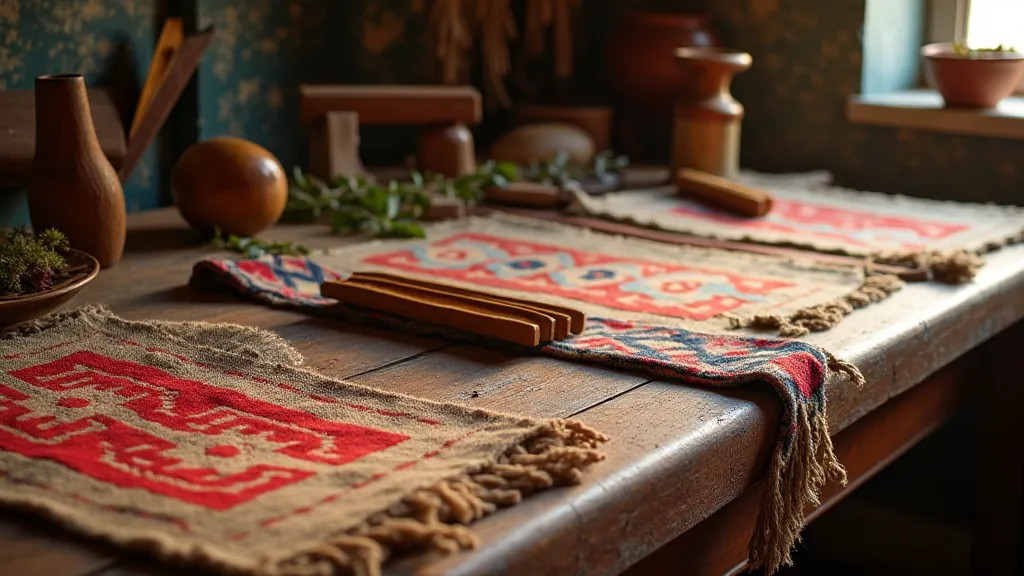
The silent conversations of the warp and weft offer a profound window into the world, revealing the enduring power of craftsmanship, the richness of cultural heritage, and the timeless beauty of human expression. By learning to "listen" to these threads, we can gain a deeper appreciation for the stories they hold and the communities that created them.

